Dalat, a poetic highland city, has long affirmed its position as a symbol of a green urban area in perfect harmony with nature. In the context of increasingly expanding urbanization, the development of new urban areas requires careful consideration between the need for modernization and the responsibility to preserve precious heritage values.
The new urban development plan of Da Lat is part of the master plan until 2045, approved by the Government to shape the city into a unique urban area where architecture, culture and unique natural landscapes blend together. The planning scope includes the central area and neighboring districts, expanding the area to 336,000 hectares, nearly 10 times the current area. This vision not only solves problems such as traffic congestion or population distribution but also preserves the core of a green, sustainable and natural urban area.
View of the scientific workshop on Dalat planning to 2045
According to experts, green space conservation should be a focus in all planning directions. Professor Hoang Dao Kinh emphasized that the harmony between traditional and modern architecture creates a unique urban space, while preserving the soul of the city. Historical structures, from ancient villas to flower garden systems, need to be strictly protected through specific management regulations. In addition, the clear division of core zones, buffer zones and expansion zones will ensure synchronization between conservation and development.
In the context of an ever-increasing population and number of tourists, the risk of destroying the architectural landscape of Da Lat is a big challenge. Architect Tran Ngoc Chinh believes that to balance between conservation and modernization, it is necessary to deploy a smart transportation system, including efficient public transportation and green routes. This will help minimize environmental impacts, improve the quality of life for residents, and create convenience for tourists.
Existing view of Da Lat city center. Photo: baolamdong
Another focus is to protect the unique ecosystem of Da Lat. Lakes, pine forests and waterfalls are not only natural values but also irreplaceable cultural heritage. Measures such as restoring water resources, protecting forest land and expanding green spaces will contribute to maintaining ecological balance. Moreover, integrating parks and community living areas into the planning will create a close connection between people and nature.
In addition to nature, architectural heritage also needs to be promoted in urban development strategies. Old French villas, pagodas and churches are historical relics that need to be preserved in their original state. New planning must be accompanied by regular restoration and the application of modern technology to recreate lost values, in order to enrich the cultural experience for visitors.
The community factor plays an indispensable role in the planning process. Dr. Tran Thi Lan Anh commented that Da Lat's identity is not only associated with landscape or architecture but also expressed through the living culture of the residents here. Therefore, it is necessary to promote dialogues, seminars and community consultation activities, creating conditions for people to directly participate in planning the future of the city. The consensus and commitment of the community will become a solid foundation to help Da Lat develop sustainably.
Dalat, with its unique cultural and natural values, is facing a golden opportunity to become a modern, internationally-recognized city. The harmony between conservation and development, between innovation and preservation, will be the key to helping the city remain a symbol of eternal beauty, standing firm with time. The new urban area is not only a testament to sustainable development but also an affirmation of the respect for Dalat's heritage in the journey towards the future.


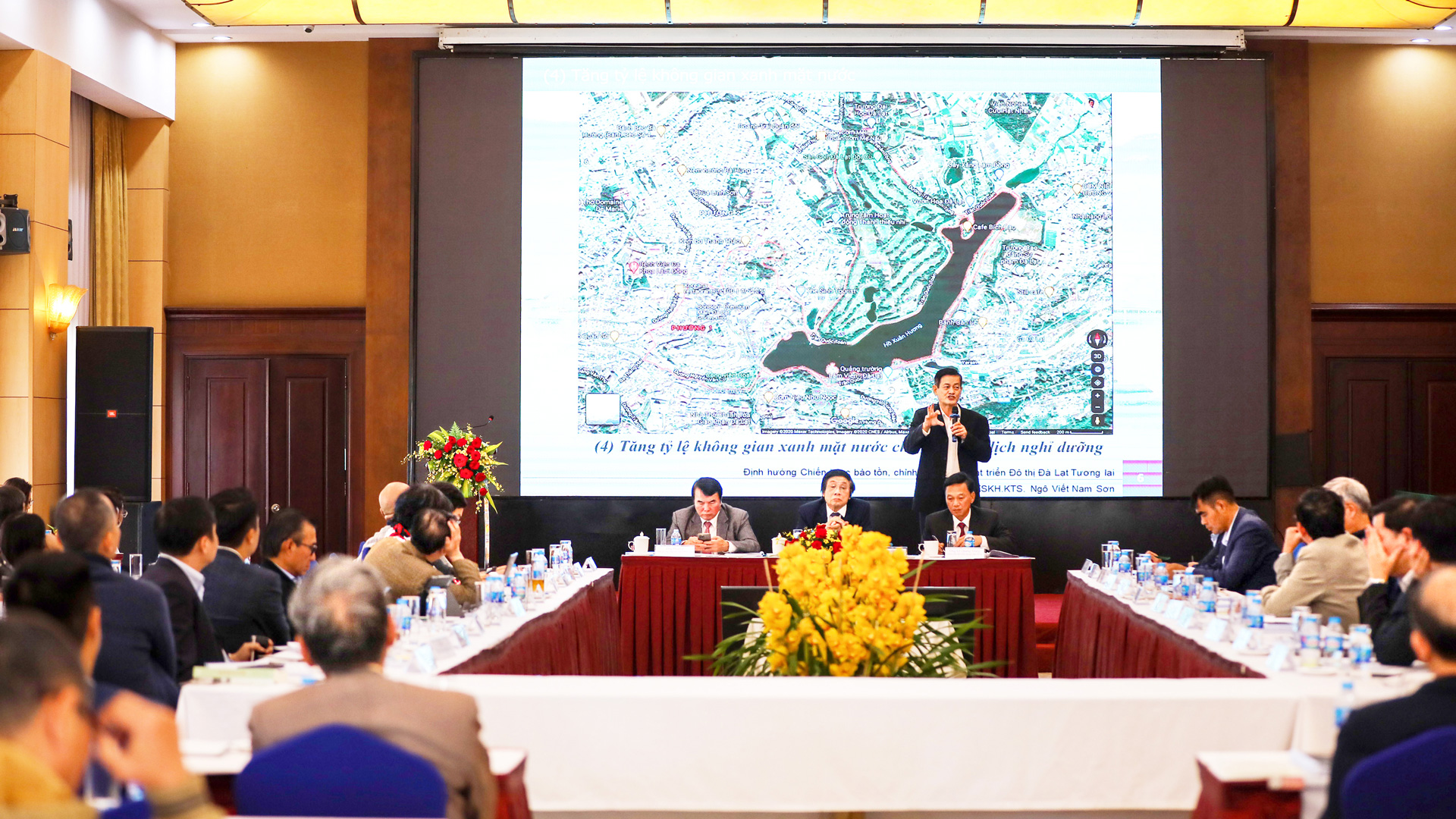

![[Photo] General Secretary To Lam receives Singaporean Ambassador Jaya Ratnam](https://vphoto.vietnam.vn/thumb/1200x675/vietnam/resource/IMAGE/2025/11/03/1762171461424_a1-bnd-5309-9100-jpg.webp)
![[Photo] Prime Minister Pham Minh Chinh receives the Chairman of the Japan-Vietnam Friendship Association in the Kansai region](https://vphoto.vietnam.vn/thumb/1200x675/vietnam/resource/IMAGE/2025/11/03/1762176259003_ndo_br_dsc-9224-jpg.webp)
![[Photo] Fall Fair 2025 and impressive records](https://vphoto.vietnam.vn/thumb/1200x675/vietnam/resource/IMAGE/2025/11/03/1762180761230_ndo_br_tk-hcmt-15-jpg.webp)
![[Photo] Lam Dong: Close-up of illegal lake with broken wall](https://vphoto.vietnam.vn/thumb/1200x675/vietnam/resource/IMAGE/2025/11/03/1762166057849_a5018a8dcbd5478b1ec4-jpg.webp)

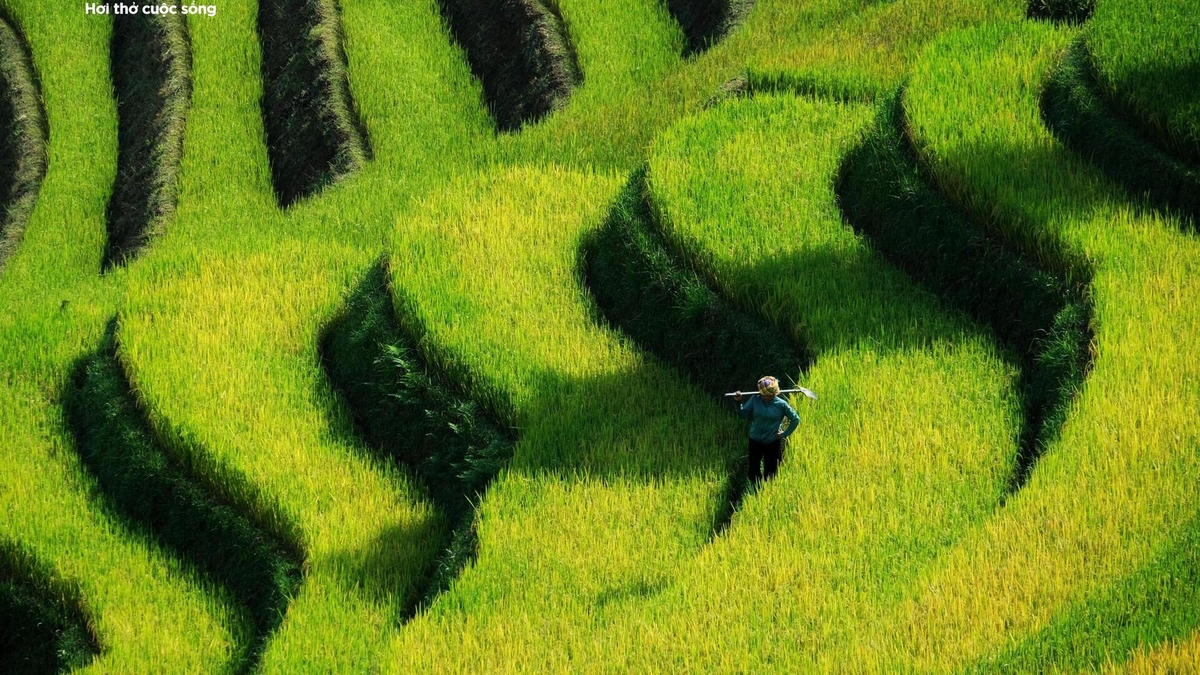


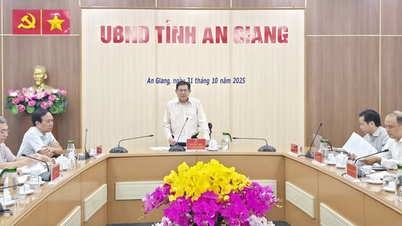

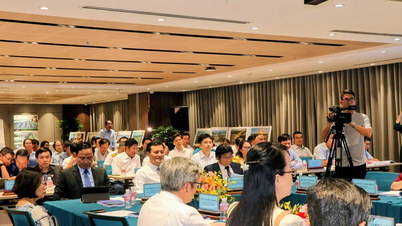



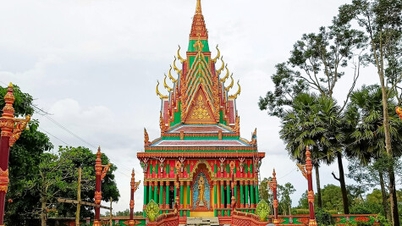

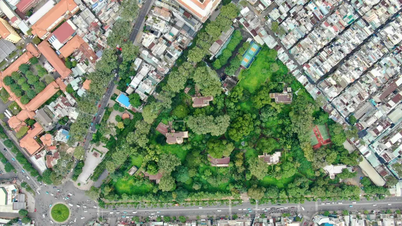
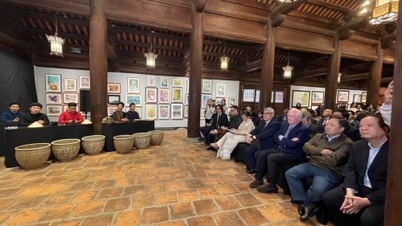

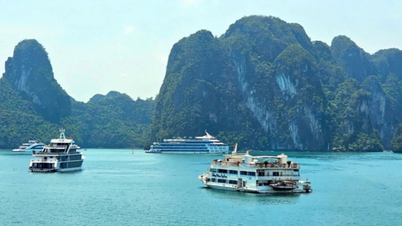

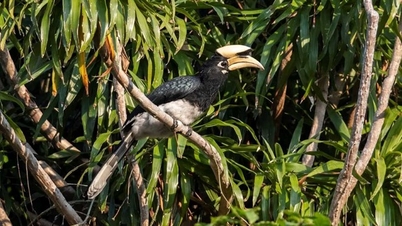

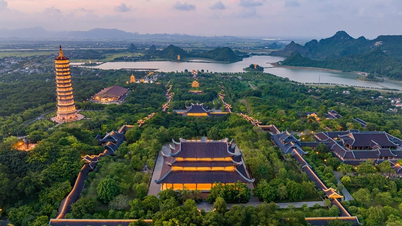

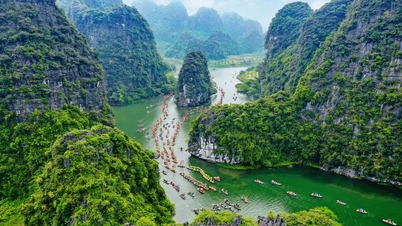

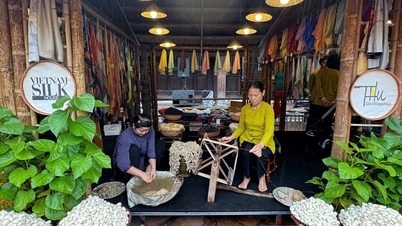
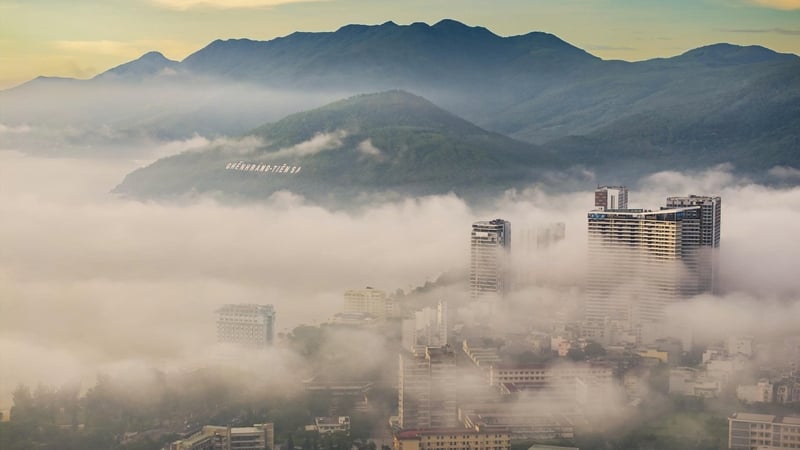

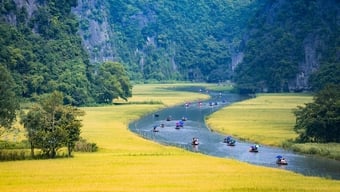
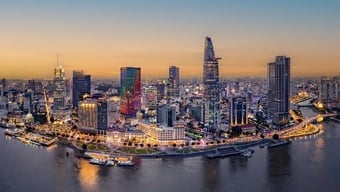
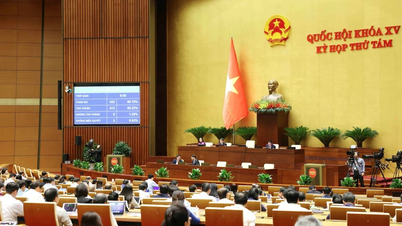
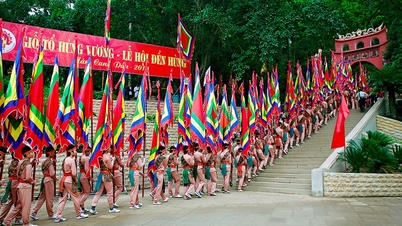
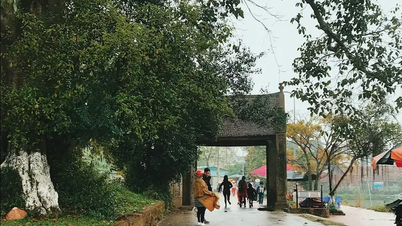
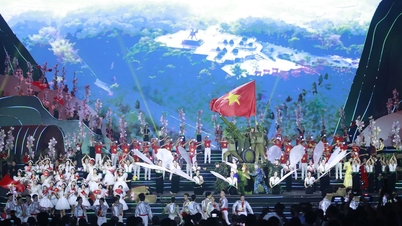
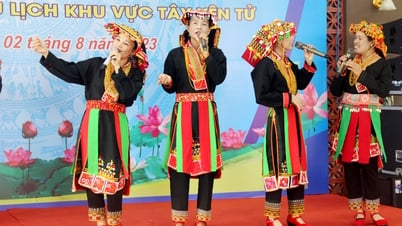






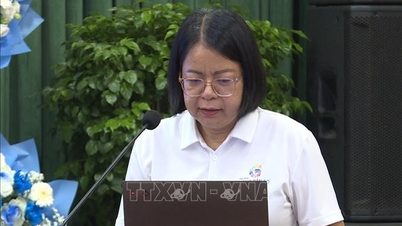





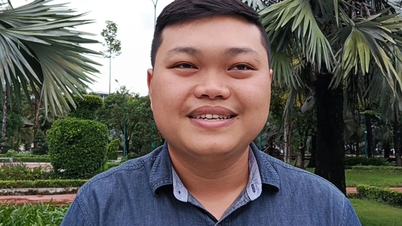






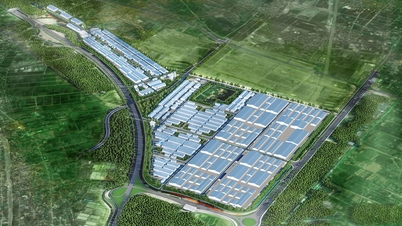



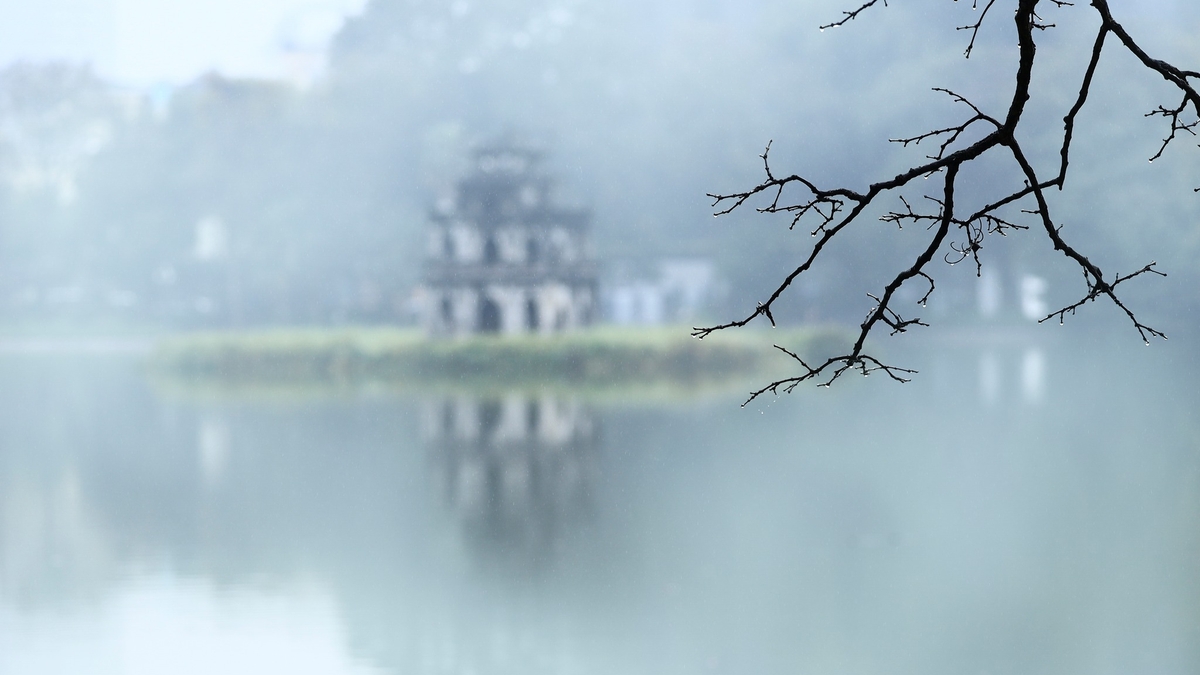
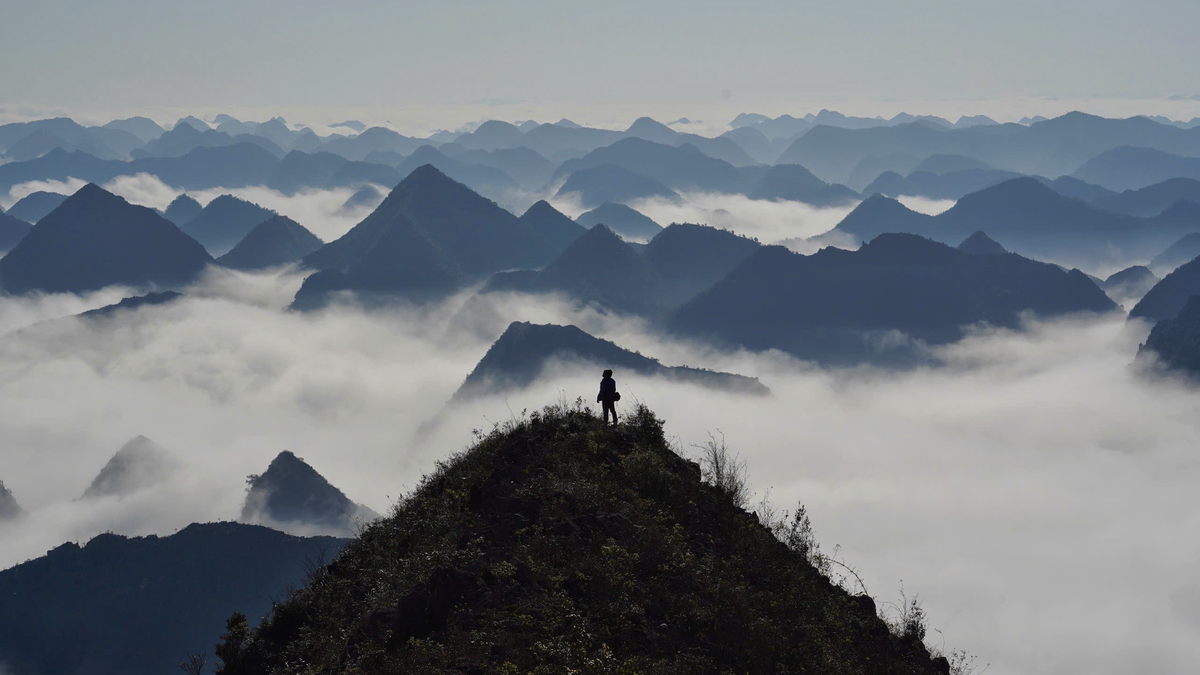
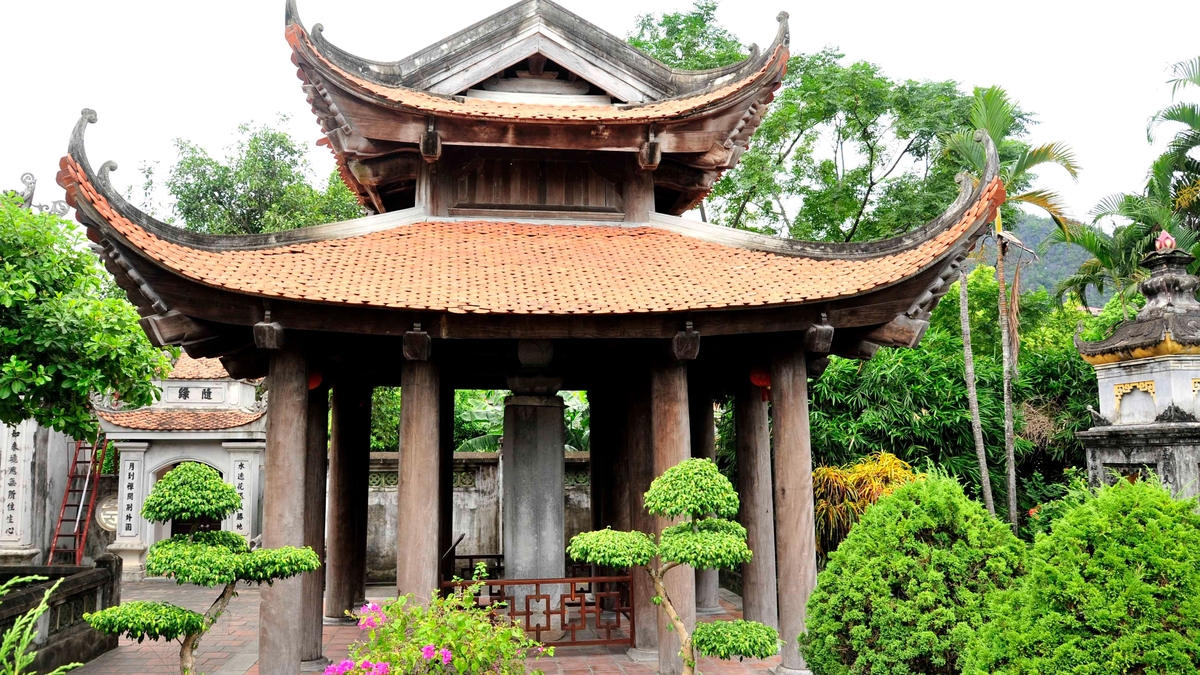
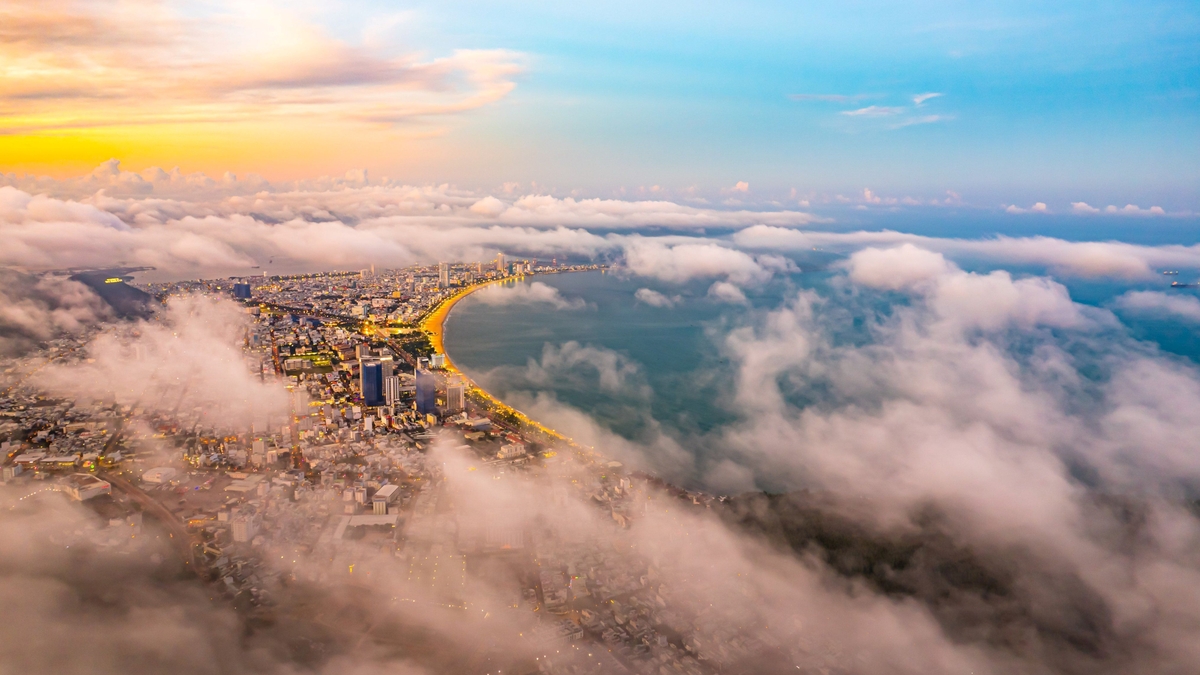
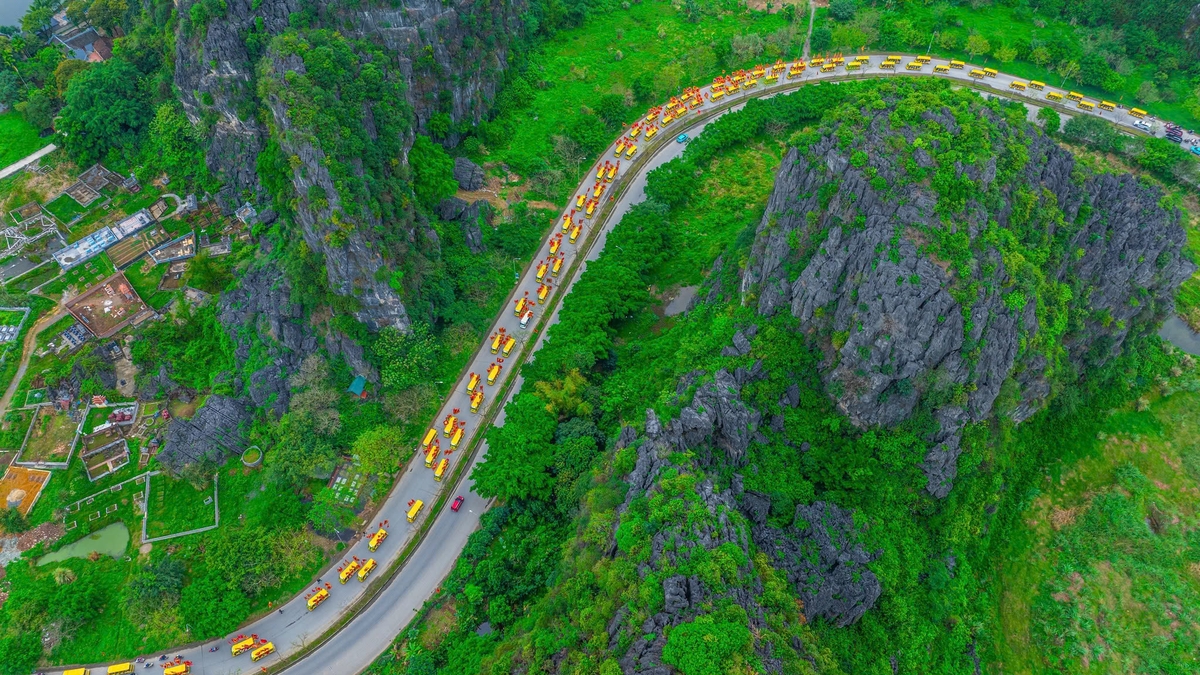
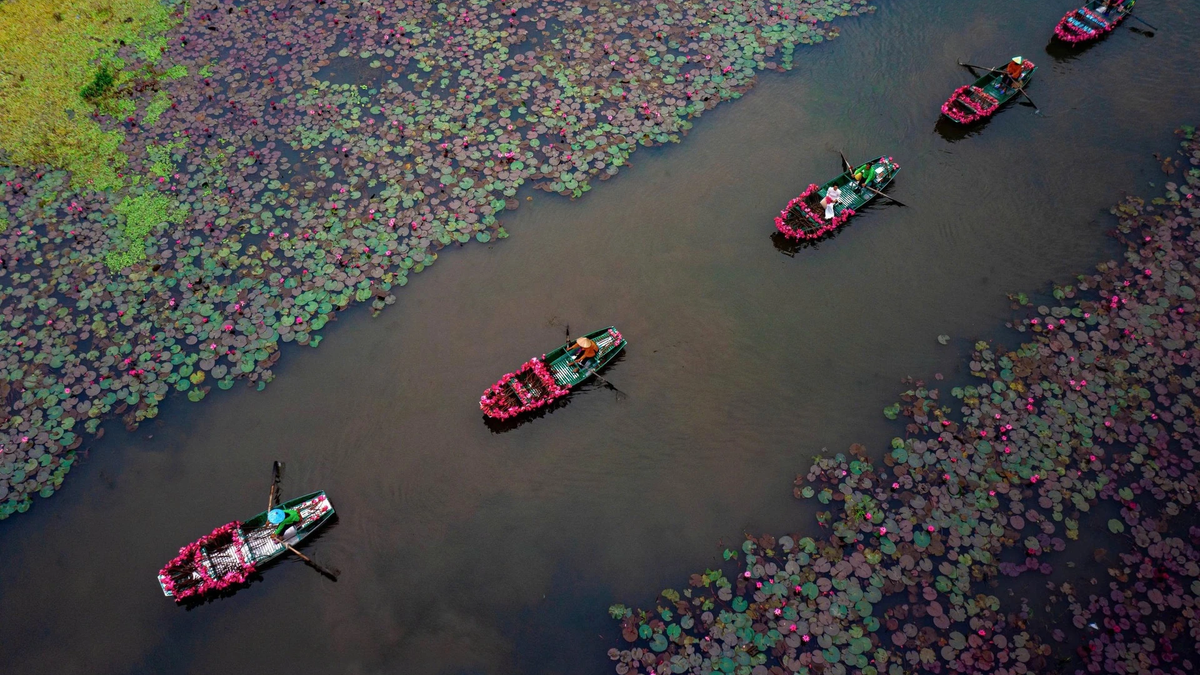












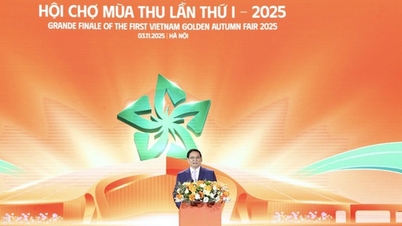


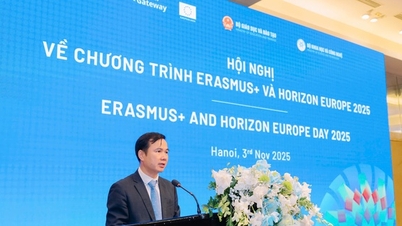
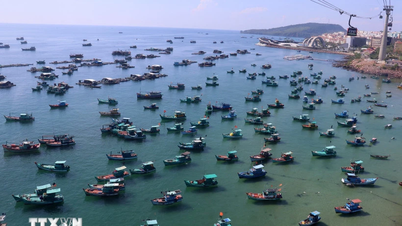

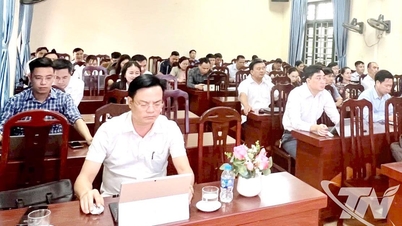

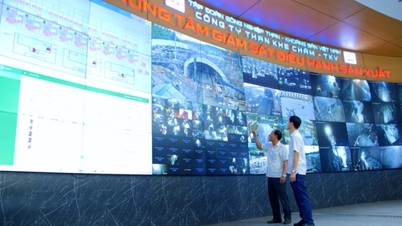


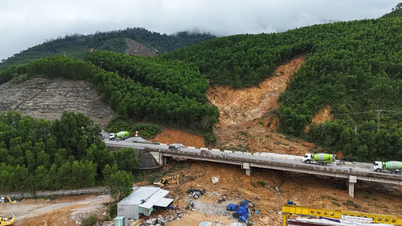


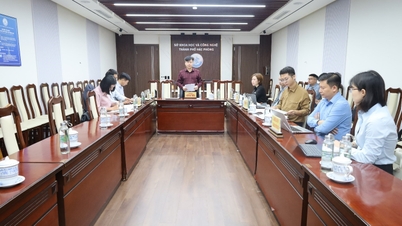

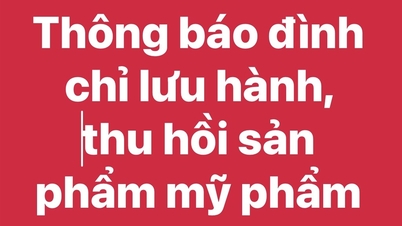



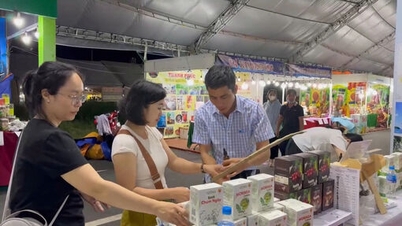

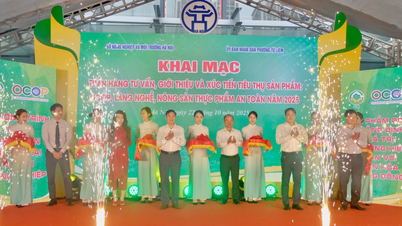



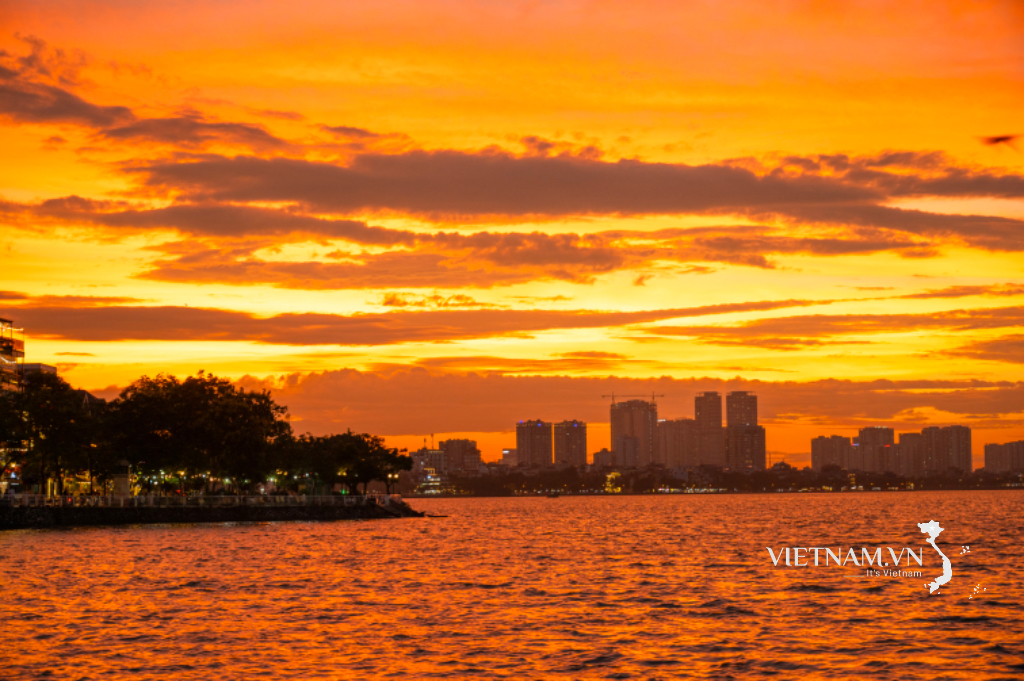
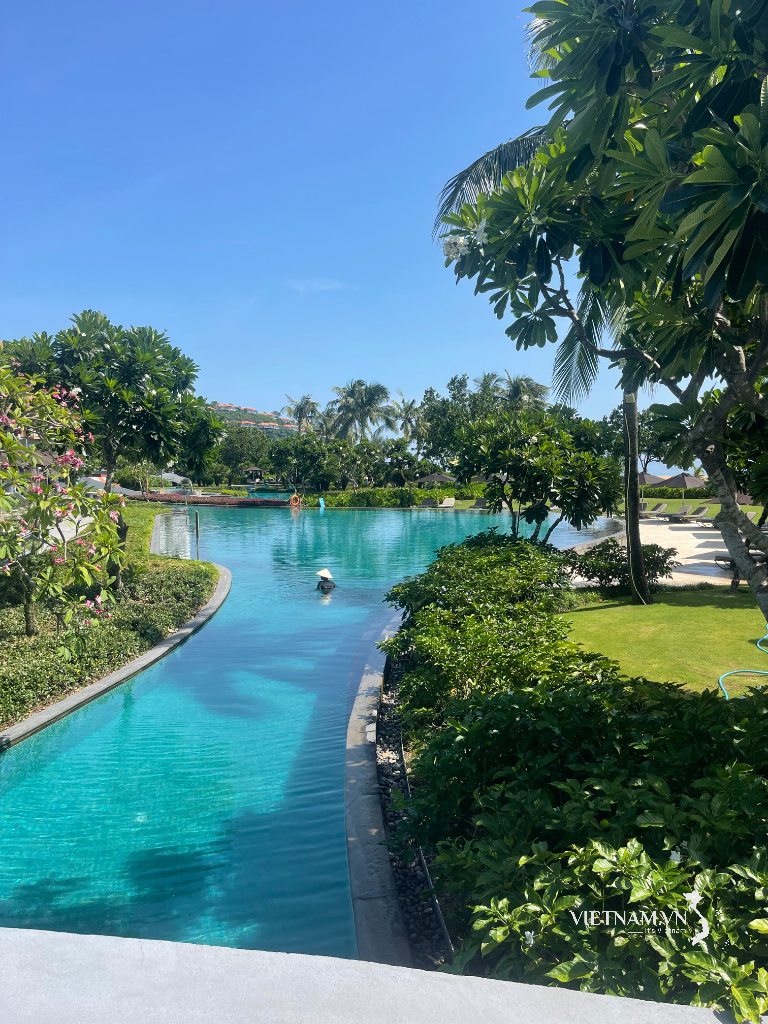
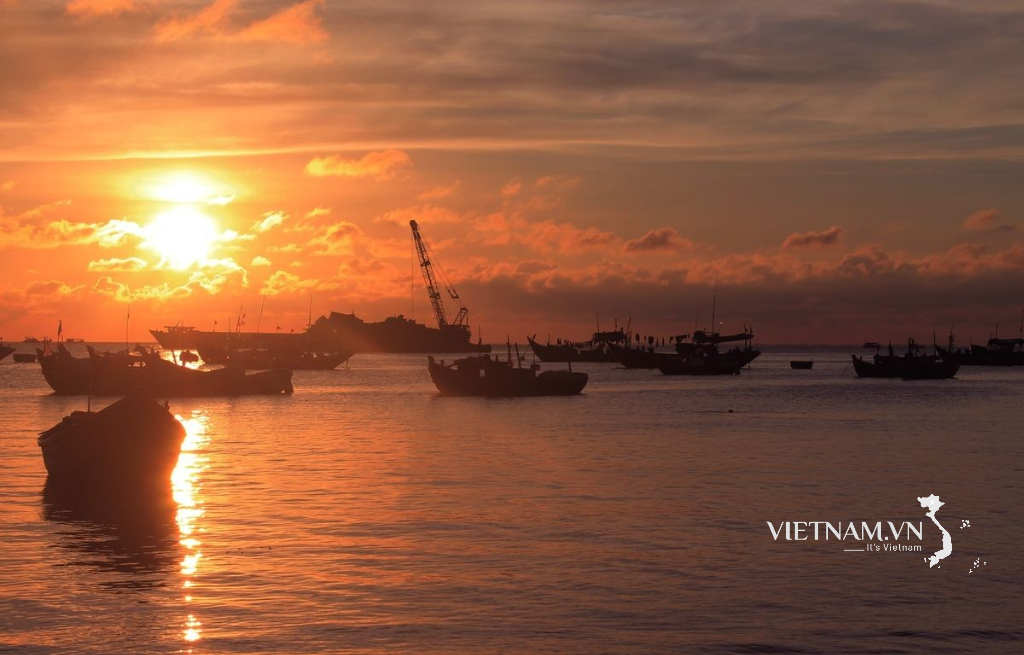

Comment (0)